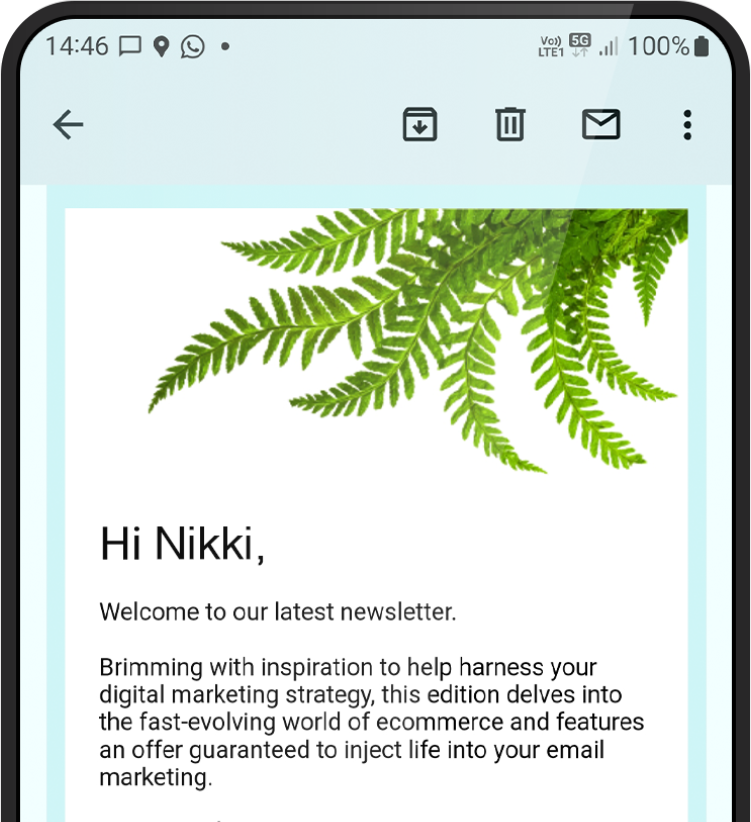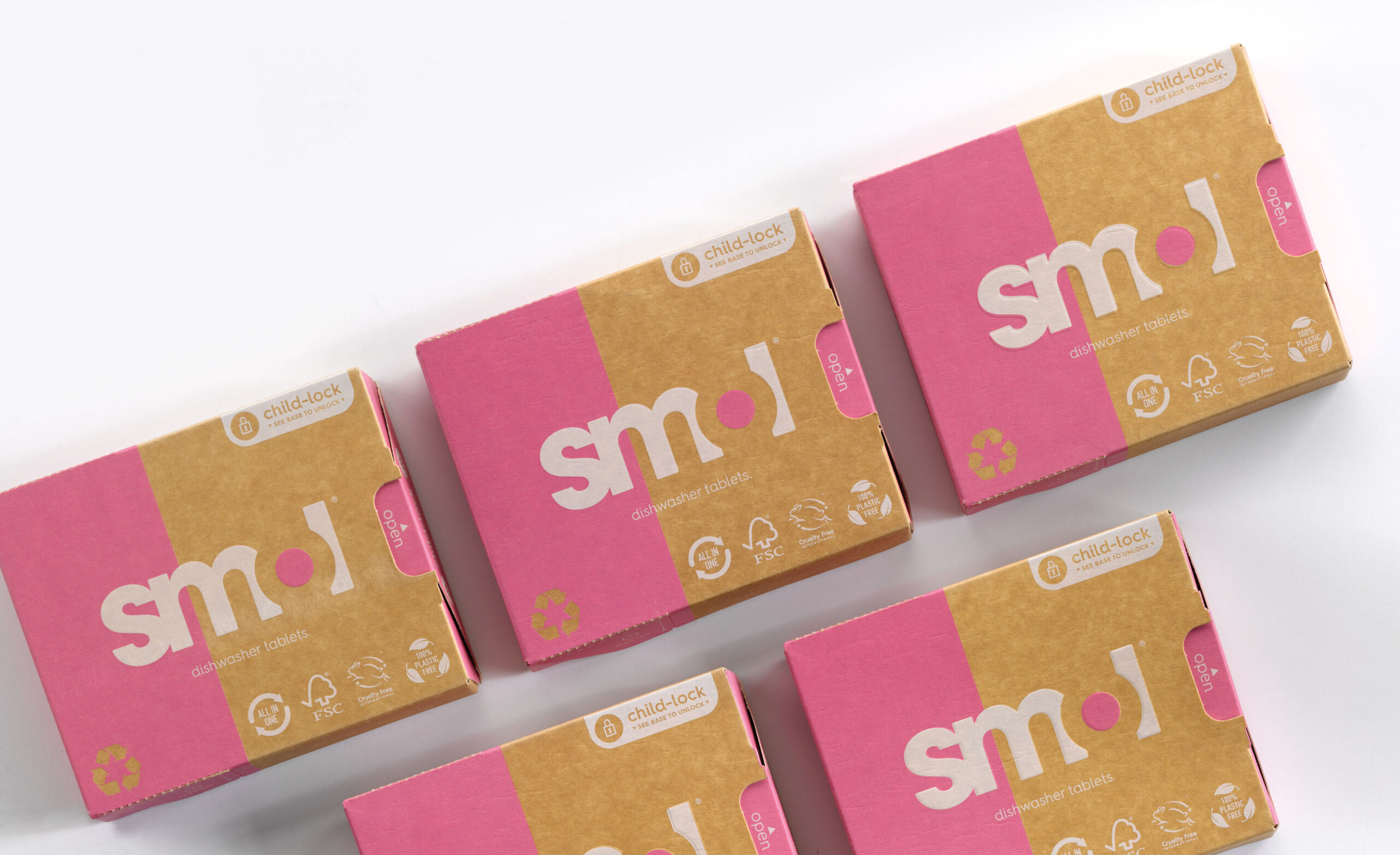
Top tips for a designer CV
By Ben Walker on 15 April 2020
Curriculum vitae is Latin for the course of one’s life. Your CV should sell you, highlighting your skills, experience, history and achievements in a clear, concise and professional way.
Careers in the design industry are highly competitive, and with thousands of graphic designers graduating every year, you need to ensure you make a great first impression. Although landing a job can be a challenge, design can be an immensely rewarding career, which offers excellent opportunities for creative development.
In this industry attention to detail is essential. Therefore ensuring you have a flawless and well-structured CV may be the difference between prospective employers dismissing and showing interest in your application.
In this article our Creative Director, Ben Walker, draws upon his extensive experience in the design industry to provide advice for designers on creating a CV that stands out, helping to reduce the chances of rejection at the first hurdle.
Stand out
Let’s start with the important part, the design. In this industry in particular, employers will be interested in the thought that has gone into the design and layout of your CV. Here are a few simple tips that can help you to shine.
- Carefully consider the layout of your CV. Although two columns are widely used, this can feel a little lacking in creativity. Using three columns will generally result in a better composition and help to maximise your use of the space. The majority of CVs are in portrait format, but with less and less people printing and instead viewing them on screen, why not consider a landscape format to make the most of the space?
- Unless it’s really impressive, avoid including a personal logo. This reduces the likelihood of a prospective employer disliking your marque and, as a result, making a judgement on your application as a whole.
- When it comes to typography, focus on keeping it simple, clean and legible, with a clear hierarchy. Avoid anything that could make your CV difficult to read, including condensed fonts and all caps for text.
- It is important to ensure consistent formatting is applied to type, so watch out for rogue spaces and inconsistent leading.
- Although a touch of colour can add to the design, avoid opting for a coloured background or reversed out text. This can make your CV difficult to read and will waste ink and toner if prospective employers decide to print it.
- If you’re including any lists, be sure to use a bullet point system for clarity. Consider using something other than standard bullet points, such as ‘>’ or ‘+’.
Make it easy for the employer
The employer reading your CV may have a limited amount of time, so it’s important to make it as simple as possible for them to contact you and access examples of your work.
- Include your email address, particularly if you are sending your application by post.
- Your phone number should always include spaces to break up the numbers to make it easy to read. If you are applying to jobs in other countries, be sure to include the country dialling code i.e. +44 (0) 131….
- All designers should be up to speed with online portfolio platforms for displaying their work, such as Behance, Dribbble and Adobe Portfolio. Links to these platforms should be included in this section.
The practical, but important stuff
Last but not least, here are a few simple takeaways to help ensure your CV leaves the best possible impression.
- Research is key. Tailoring the content of your CV to make it relevant to the role you are applying for will highlight your interest and initiative.
- Always proofread and if in doubt, proofread again. Spelling and grammar mistakes are unacceptable and if you have any your CV is unlikely to be considered.
- Always be honest. Being employed for a role which isn’t appropriate for your skill set and experience can be detrimental to both you and your employer
- Make sure your CV spans a maximum of two pages, as it’s unlikely employers will read more than this.
- Save your CV as a PDF suitable for web viewing. You should also be aware of the file size to guarantee it is easy to send and open.

We hope this article has helped to highlight some of the core components that make up a great design CV. For more useful tips and advice on landing a job in the design industry, you can visit our journal.
Alternatively, if you would like to find out more about our creative services, please don’t hesitate to contact us.
Thank you
Success! We've received your message and will get back to you as soon as possible. We look forward to chatting to you.
“Ben and the team at Firefly have been great – creative, friendly, fun and professional from start to finish of our label design project.
Despite us providing a rather vague brief, they completely got what we were looking to achieve and delivered an excellent creative proposal which we are now moving ahead with. They worked with pace and their communication was good throughout. I wouldn’t hesitate to work with them again and would strongly recommend them for any creative requirements.”
Fiona Walsh
Sales Director
Redcastle





